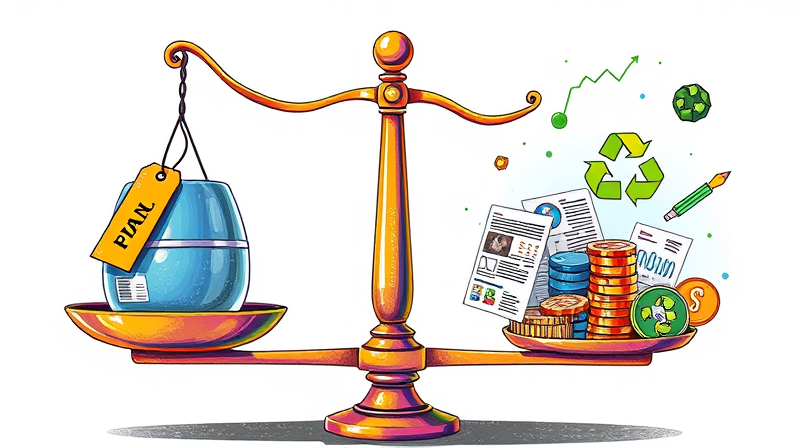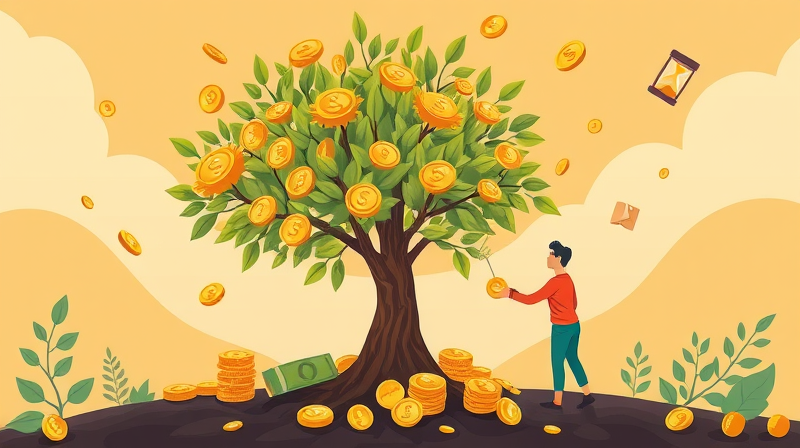
Loans can empower dreams and fuel ambitions, but they also carry risks if mishandled. This guide will equip you with the knowledge to navigate borrowing wisely.
A loan is a sum of money borrowed from a lender that must be repaid with interest over an agreed term. People and businesses turn to loans to fund a variety of needs: home purchases, vehicle financing, education, debt consolidation, and unexpected emergencies.
Key components of any loan include the principal (the amount borrowed), the interest rate (the cost of borrowing), fees, and the repayment schedule. Understanding each element helps you make informed financial decisions and avoid unpleasant surprises down the road.
Loans come in many forms, each tailored to specific needs. Choosing the right type can save you thousands in interest and fees.
Interest rates fluctuate with economic conditions, central bank policies, and lender competition. As of mid-2025:
The average APR for personal loans is around 20.78%, ranging from 5.99% for top-tier borrowers to nearly 100% for those with poor credit. Mortgages average 7.9% on a 30-year fixed rate, while auto loans and federal student loans start near 4.5% and 4.24%, respectively.
Smaller rate differences can translate into substantial savings over time, so shopping around for the best rate is crucial.
Lenders evaluate your application based on five key factors. Understanding these helps you present a stronger profile.
Securing a loan involves preparation and patience. Typical steps include gathering documents (ID, pay stubs, tax returns, credit reports) and improving your credit score by paying down debts and correcting any inaccuracies.
For secured loans like mortgages, saving for a down payment is essential. A larger down payment often earns you better terms and lower interest rates.
Once submitted, loan applications may be approved within hours for simple personal loans, or take several weeks for complex mortgages. During underwriting, lenders analyze your overall risk and may consider broader economic factors.
Borrowers often stumble into traps that strain their finances and credit.
Payday loans, for example, carry extremely high interest rates and short repayment windows, creating a risk of rollover debt. Borrowing more than necessary inflates your total cost, while ignoring fees like origination charges or prepayment penalties can nullify apparent savings.
Debt consolidation can simplify payments but might extend your loan term, leading to higher total interest despite lower monthly installments.
Follow these principles to ensure borrowing works to your advantage, not against you.
Loans aren’t always the only solution. Explore other options before committing to high-cost borrowing.
Failing to manage loans responsibly can trigger a cascade of negative outcomes. Missed payments damage your credit score, making future borrowing more expensive or impossible.
For secured loans, defaulting risks the loss of your collateral, whether it’s your home, vehicle, or other pledged assets. The stress of unmanageable debt can impact mental health, relationships, and overall quality of life.
By understanding loan structures, comparing terms, and adhering to responsible borrowing practices, you can leverage credit as a powerful tool rather than a burden.
References













